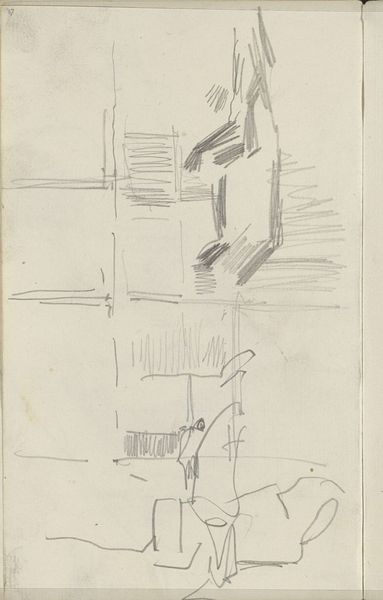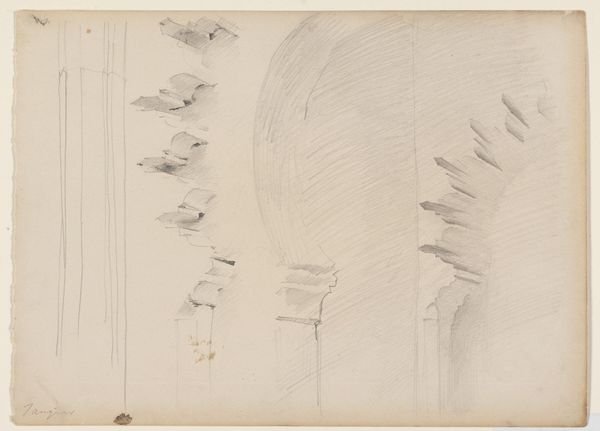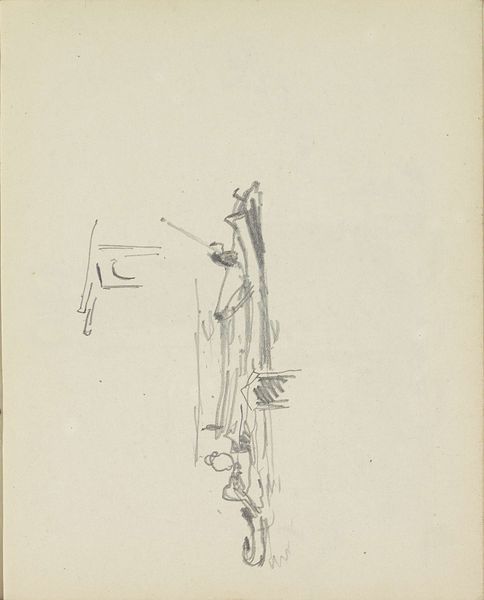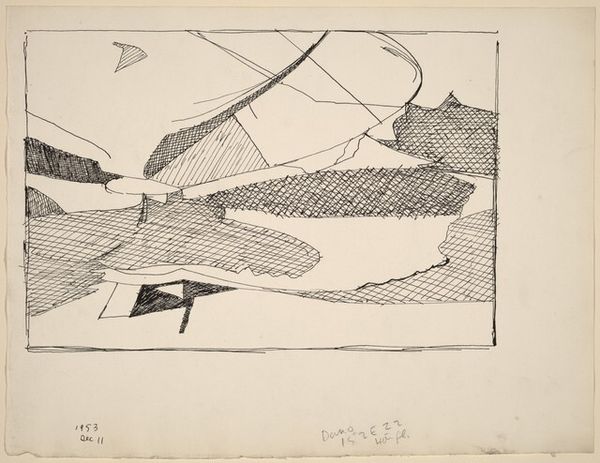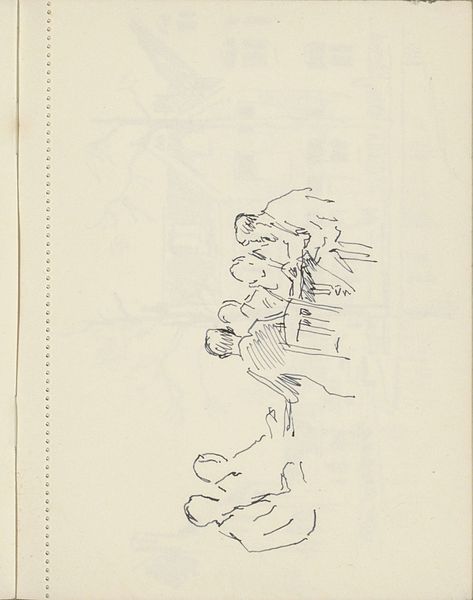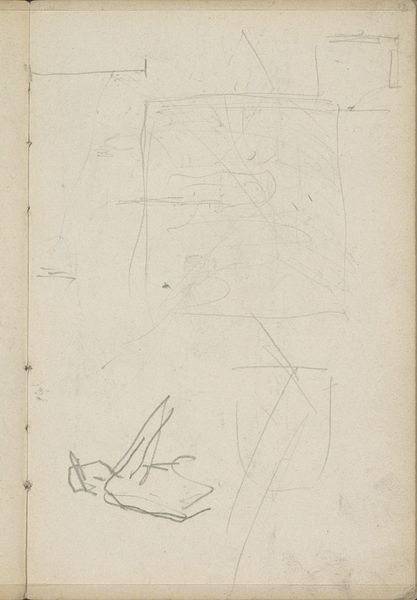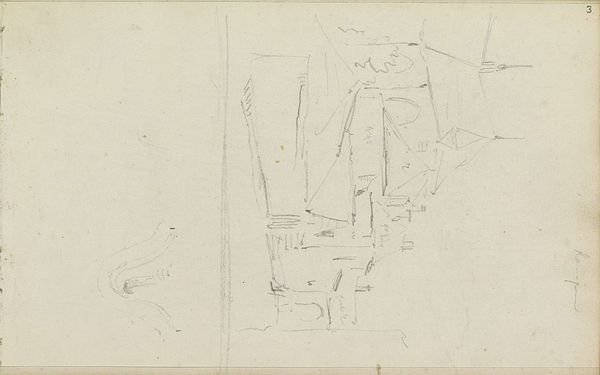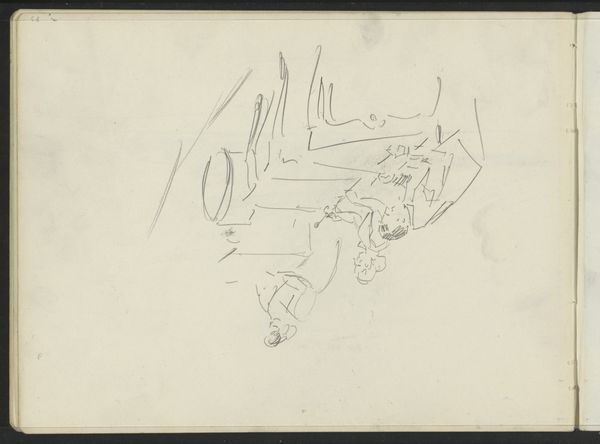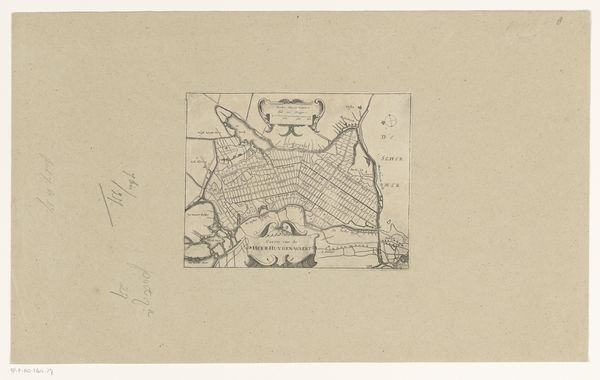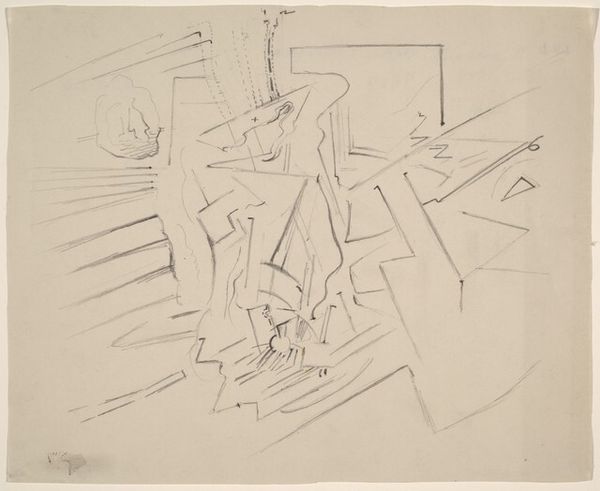
drawing, pencil
#
drawing
#
toned paper
#
light pencil work
#
abstract
#
personal sketchbook
#
idea generation sketch
#
ink drawing experimentation
#
pen-ink sketch
#
pencil
#
expressionism
#
geometric-abstraction
#
line
#
sketchbook drawing
#
pencil work
#
storyboard and sketchbook work
#
sketchbook art
#
modernism
Copyright: Public Domain: Artvee
In 1922, Swiss-German artist Paul Klee made this drawing, called “Fire Wind,” using pencil on paper. It presents a visual puzzle, hinting at both architectural structures and atmospheric forces. Created during Klee’s tenure at the Bauhaus, a German art school that sought to unify art, craft, and technology, this work reflects the institution’s emphasis on experimentation and abstraction. The arrows suggest movement and direction, perhaps symbolizing the winds of change sweeping through post-World War I Europe, a time of immense social and political upheaval. The geometric forms and stylized rendering could be interpreted as Klee’s way of mapping a world in flux. Art historians often consult the artist's diaries and teaching notes from his time at the Bauhaus to get a better understanding of his artistic process and the complex theoretical framework that underpinned his work. Examining the institutional context and the intellectual environment in which Klee was working can reveal deeper insights into his abstract compositions.
Comments
No comments
Be the first to comment and join the conversation on the ultimate creative platform.



